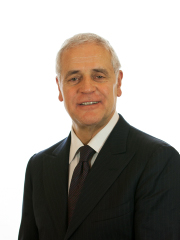
The Politics of Basilicata, Italy takes place in a framework of a presidential representative democracy, whereby the President of Regional Government is the head of government, and of a pluriform multi-party system. Executive power is exercised by the Regional Government. Legislative power is vested in both the government and the Regional Council.
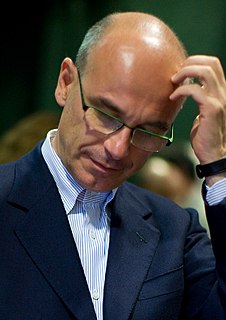
The Sardinian regional election of 2004 took place on 12–13 June 2004.

The Politics of Lombardy, Italy, takes place in a framework of a semi-presidential representative democracy, whereby the President of the Region is the head of government, and of a pluriform multi-party system. Legislative power is vested in the Regional Council of Lombardy, while executive power is exercised by the Regional Government led by the President, who is directly elected by the people. The current Statute, which regulates the functioning of the regional institutions, has been in force since 2008.

The Politics of Campania, Italy takes place in a framework of a presidential representative democracy, whereby the President of Regional Government is the head of government, and of a pluriform multi-party system. Executive power is exercised by the Regional Government. Legislative power is vested in both the government and the Regional Council.

The Politics of Liguria, Italy takes place in a framework of a presidential representative democracy, whereby the President of Regional Government is the head of government, and of a pluriform multi-party system. Executive power is exercised by the Regional Government. Legislative power is vested in both the government and the Regional Council.

The Lombard regional election of 2000 took place on 16 April 2000. The 7th term of the Regional Council was chosen.

The Lombard regional election of 1995 took place on 23 April 1995. The 6th term of the Regional Council was chosen.

Lombardy renewed its delegation to the Italian Senate on April 13, 2008. This election was a part of national Italian general election of 2008 even if, according to the Italian Constitution, every senatorial challenge in each Region is a single and independent race.
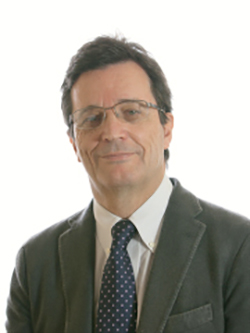
The Tuscan regional election of 2005 took place on 3–4 April 2005.

The Sardinian regional election of 1994 took place on 12 and 26 June 1994.

The Tuscan regional election of 2000 took place on 16 April 2000.
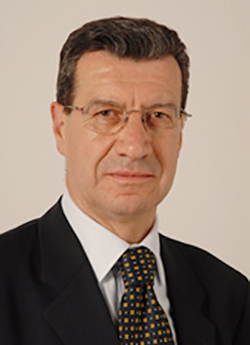
The Tuscan regional election of 1995 took place on 23 April 1995.

The Sardinian regional election of 2009 took place on 15–16 February 2009.

The Lombard regional election of 2010 took place on 28–29 March 2010. The 9th term of the Regional Council was chosen.

The Regional Council of Lombardy is the legislative assembly of Lombardy.
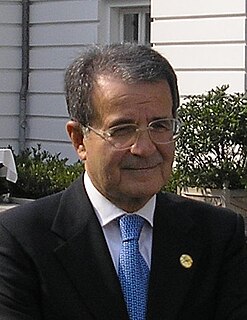
Lombardy renewed its delegation to the Italian Senate on April 9, 2006. This election was a part of national Italian general election of 2006 even if, according to the Italian Constitution, every senatorial challenge in each Region is a single and independent race.

The Tuscan regional election of 2010 took place on 28–29 March 2010.
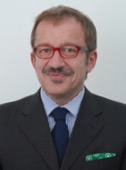
The Lombard regional election of 2013 took place on 24 and 25 February 2013 and was the first snap election in Lombard political history, and the first one paired with a general election. The 10th term of the Regional Council was chosen.

Lombardy renewed its delegation to the Italian Senate on February 24, 2013. This election was a part of national Italian general election of 2013 even if, according to the Italian Constitution, every senatorial challenge in each Region is a single and independent race.

The Sardinian regional election of 2014 took place on 16 February 2014.
